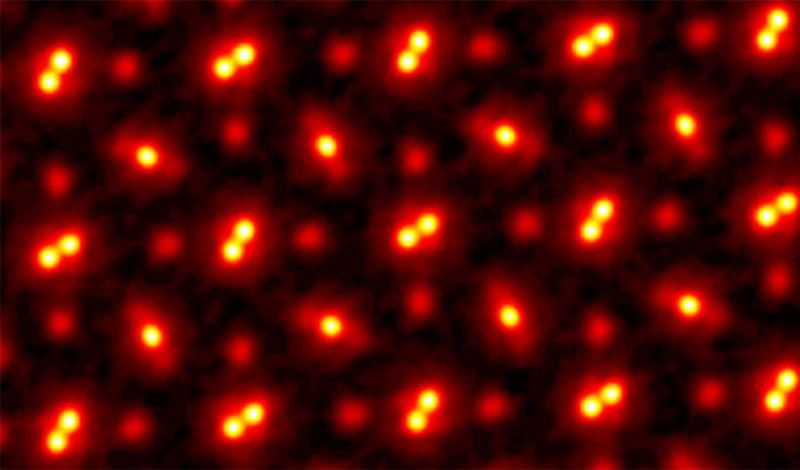Step aside, Nikon P1000, the new king of zoom is here. It’s an electronic microscope, though, but it can zoom in 100 million times and still keep the subject clear. It’s so impressive, in fact, that it earned a spot in the Guinness World Records.
Although electron microscopes allow scientists to see individual atoms, zooming all that far will not result in a sufficiently clear image. It’s due to the aberrations in the lenses which are corrected with special aberration correctors. But the problem is that you can’t stack those correctors forever.
David Muller and Sol Gruner, physics professors of Cornell University, came up with a new approach that they first introduced back in 2018. Their electron microscope achieves high resolution using a high-powered detector and a technique called ptychography. Thanks to this technique, they could capture in sharp detail even particles that measure down to 0.39 ångströms or 0.039 nanometers (one-billionth of a meter).









